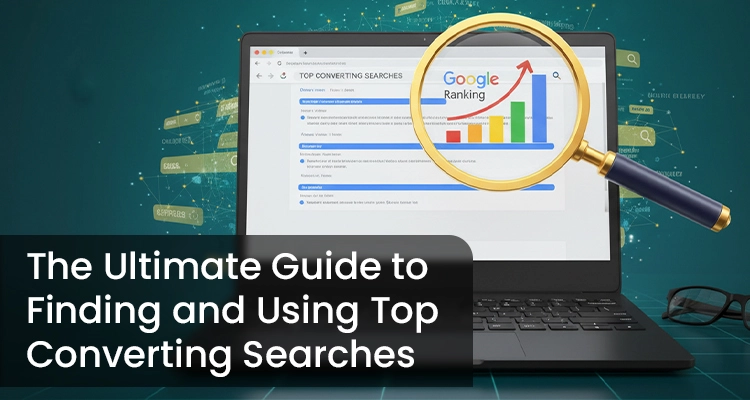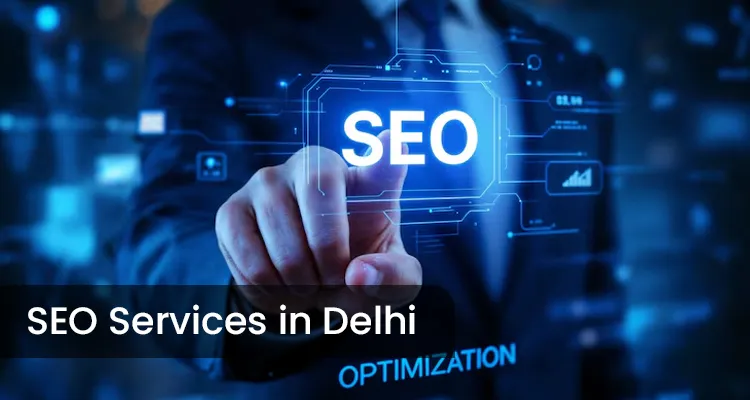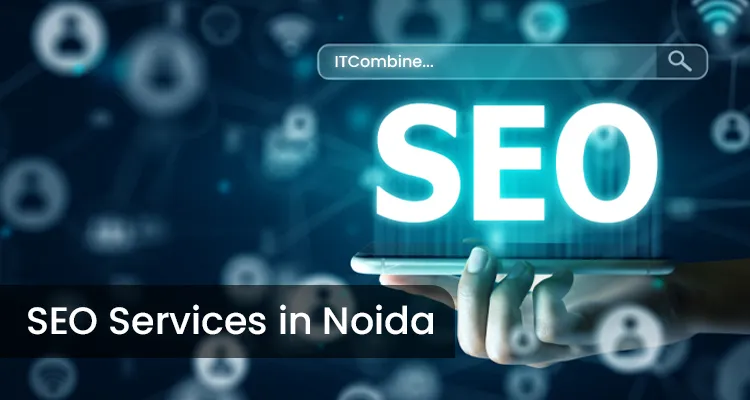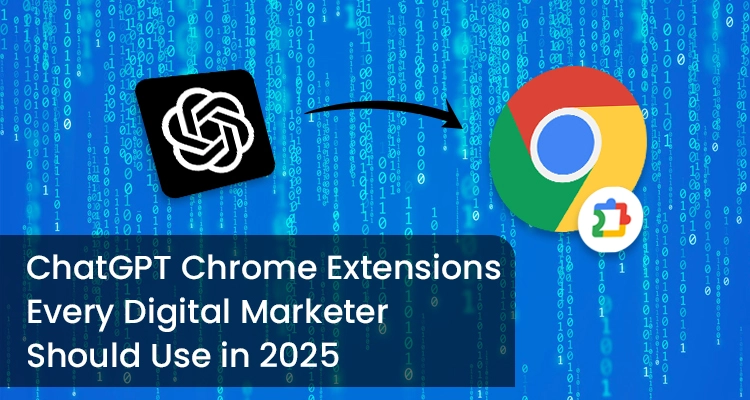The Ultimate Guide to Finding and Using Top Converting Searches

Finding and Using Top Converting Searches is important when businesses invest in digital marketing, the biggest question is always the same: “How can we turn visitors into customers?”
Traffic generation is a good thing, but traffic alone that takes no action is like having a store with lots of window shoppers that never buy anything. The real growth comes when your visitors convert. And these changes often depend on picking the right keywords—popularly known as top converting searches.
These are words or phrases used by potential customers who are almost on the brink of making a purchase. In this guide, we will discuss what they are, why they matter, and how to find and use them to grow your business.
What Are Top Converting Searches?
Top converting searches (also called high-converting keywords) are search terms that don’t just bring visitors—they bring visitors who take action.
For example:
- Searching “how to lose weight” is broad and informational.
- Searching “best weight loss program near me” shows purchase intent.
The second search is far more valuable to a business. It’s a signal that the user has done research and is close to making a decision.
Marketers often include these keywords in their PPC campaigns because they deliver the highest return, yet these words are equally potent in SEO strategies. When efficiently implemented, they help websites rank for terms that directly contribute to sales, sign-ups, and leads.
Why High Conversion Keywords Matter
1. They Drive Targeted Traffic
Generic keywords are like wide nets, but conversely, high conversion ones attract like a magnet. Rather than random visitors, you get those who are already interested in your products or services.
For instance, a keyword like “digital marketing” could attract students, researchers, or job seekers. But “hire digital marketing agency in Delhi” will bring businesses looking to partner with a company like ITCombine.
2. They Improve Conversion Rates
Since these keywords are instances of high-intent searches, the sales cycle is shortened for these. The visitor finds exactly what they are looking for, thus building trust and reducing hesitation.
3. They Deliver Better ROI
All SEO or PPC campaigns require investment. High-intent search focus makes sure that your investment generates not just clicks but also real business results.
4. Enhancement of User Experience
When visitors type a query and your site gives them the exact solution, they stay a bit longer, click around to see what more is there, and use your services again in the future. Search engines notice such behavior, which further helps boost your rankings.
5. They Establish Brand Authority
Ranking high for relevant terms helps build credibility. If users see your brand come up repeatedly when they conduct searches that meet their needs, they will begin to trust and rely on your business.
How to Find Top Converting Searches
Finding the right keywords requires a mix of data, observation, and strategy. Two of the most powerful free tools for this are Google Search Console (GSC) and Google Analytics (GA).
Using Google Search Console (GSC)
- Log in, and select Search Results.
- View the list of queries people use to find your website.
- Sort by clicks and impressions and try to spot some patterns.
- Filter by CTR to find terms with really high engagement rates.
- Dig a little deeper, down into individual pages, to find what keywords drive traffic.
- Focus on keywords that keep getting clicked on and have a decent search volume.
Now you’ll know not only for what may be people looking but also which searches end up bringing them to you
Using Google Analytics (GA)
- Navigate to Conversions → Goals → Goal URLs.
- Look at the web page where the goal happened (where a conversion happened, i.e., purchase or sign-up).
- Add a segment for Organic Traffic to isolate all search-driven conversions.
- Compare with GSC data to see what keywords were responsible for bringing those visitors.
Together, GSC and GA help you connect the dots: keyword → traffic → action.
Best Practices to Identify Top Converting Searches
1. Do Thorough Keyword Research
Use tools like Google Keyword Planner, SEMrush, Ahrefs, or Moz. Look beyond search volume—analyze intent, difficulty, and competition.
2. Focus on Search Intent
Every keyword has a purpose:
- Informational: “what is SEO”
- Navigational: “ITCombine website”
- Commercial: “best SEO company in India reviews”
- Transactional: “hire SEO agency Delhi”
For conversions, your priority should be commercial and transactional intent.
3. Analyze Competitors
Check what your competitors are ranking for. Are they dominating transactional keywords? What kind of content are they creating? This gives you insights into gaps you can fill.
4. Map Keywords to Customer Journey
Not every visitor is ready to buy. Create content for all stages:
- Awareness: blog posts answering broad questions.
- Consideration: comparison guides, case studies, and reviews.
- Decision: service pages, pricing pages, and landing pages.
5. Choose the Right Content Format
Some keywords are best served by blogs, others by product pages, videos, or landing pages. Always match the format to user expectation.
6. Monitor and Refine Regularly
SEO is never “done.” Use analytics to track performance and refine your keyword strategy. Update old content to keep it relevant.
How to Use Top Converting Keywords in Content
Finding the keywords is only half the work. The real results come from how you use them:
- Place them naturally in titles, headings, and meta descriptions.
- Integrate them into intros, subheadings, and conclusions for clarity.
- Use long-tail variations to capture wider traffic.
- Maintain natural flow—avoid keyword stuffing.
- Build internal links around these terms to create strong topical relevance.
Practical Example
Imagine you run a local bakery in Delhi.
- A broad search like “cakes” will bring thousands of results, with tough competition.
- A top converting search like “custom birthday cakes in South Delhi” may have fewer searches, but those searches are highly valuable because the users are ready to buy.
By optimizing your website and content around such terms, you’d attract real customers, not just casual browsers.
Conclusion
Top converting searches are the foundation of smart digital marketing. They focus your energy on quality traffic that drives business results.
When you detect these keywords, mesh them with user intent, and develop content that directly addresses consumer requirements, you achieve somewhat more than just positioning your site for ranking: you get conversions.
In the scaling scenario, the goal should always be value, not volume.
At ITCombine, we identify these high-converting searches and SEO strategies that offer maximum ROI for businesses. With a good blend of keyword research, content strategy, and technical optimization, we help them grow in a way that’s measurable and sustainable.
FAQs
Q1. Why are long-tail keywords favorable for conversions?
Because they’re specific, less competitive, and usually searched by people who already know what they want.
Q2. How do I optimize my content for top converting searches?
Use keywords naturally; offer solutions to customers’ problems; optimize for mobile; and strengthen your internal linking structure.
Q3. What tools can I use to find high-converting keywords?
Google Keyword Planner, SEMrush, Ahrefs, Ubersuggest, and Moz. Free insight can also be drawn from Google Search Console and Analytics.
Q4. How do I track keyword performance?
Use GSC and GA to monitor CTR, bounce rate, time on site, conversions, and rankings.
Q5. Can customer feedback reveal top converting keywords?
Yes. The phrases customers use in reviews, surveys, and conversations often reflect the exact terms they search for online.
Content written by-Tanya
Tanya is part of the expert content marketing team at ITCombine. She has an expertise of curating meaningful information that can be used by visitors in general. Tanya is also involved in creating Client specific stories and blogs.
Copyright © 2025 - itcombine.com.
All Rights Reserved.







